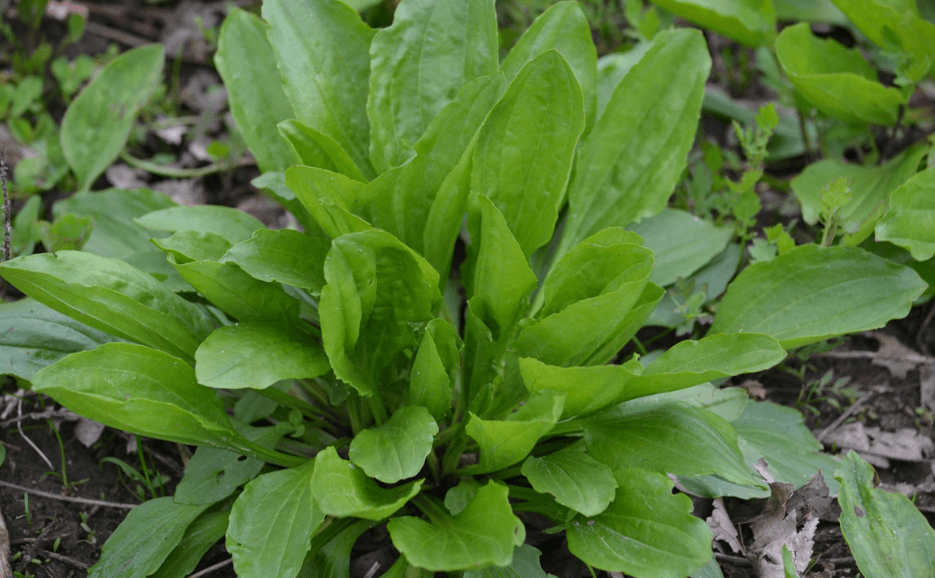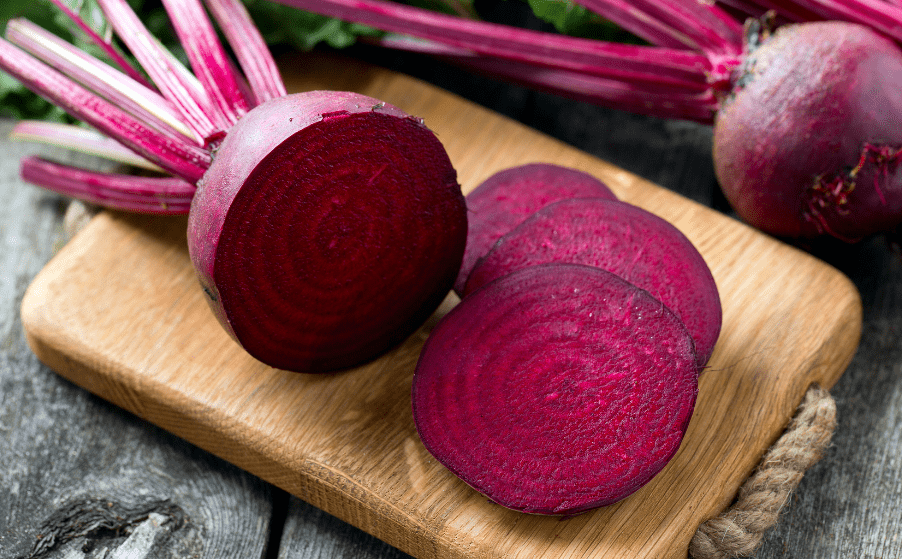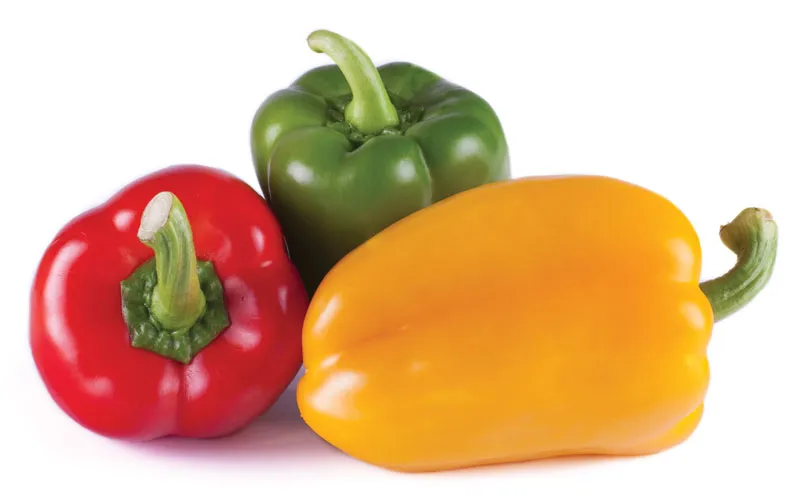
Description
The leaves spiral up a very short, slightly woody stem (in perennial plants). These are broadly egg-shaped to broadly lance-shaped, hairless or covered in short, sparse hairs. The length of the leaves varies from 2 to 7 inches, and they have five to seven distinct parallel veins starting at the base. Shallow and fibrous roots
Varieties
This plant has three difficult-to-distinguish regional subspecies: Plantago major subsp. major, P. major subsp. intermedia, and P. major subsp. winteri. Additionally, two closely related species with comparable edible applications and cultural requirements are ribwort plantain and Rugel’s plantain.
Additionally, two ornamental varieties of P. major exist. ‘Rubrifolia’ has purple foliage, and ‘Variegata’ has leaves that are variegated.

Uses
Younger, more delicate leaves can be consumed raw, while older, stringier leaves can be cooked in stews and consumed that way. The seeds can be eaten as well.
Nutrition
The leaves of the plantain are a rich source of vitamins and other minerals. They include calcium and a number of other minerals, are particularly rich in vitamins A and C, which can strengthen the immune system.
Cultivation
Plantains thrive in hot, humid settings and need a lot of light to flourish. They also need at least 1000 mm of annual rainfall to survive. Plantains need a deep, organically rich, well-draining, and well-aerated soil to thrive at their best, which is 27°C.
Table





